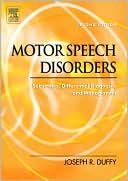Neuroscience for the Study of Communicative Disorders
Search in google:
Neuroscience for the Study of Communicative Disorders, Third Edition remains an ideal resource that teaches neuroscience fundamentals without encyclopedic details of anatomy and physiology. This text takes a step-by-step, simplified approach, and contains relevant information in its application of neuroscience for students and practitioners in speech-language pathology and audiology--making it the perfect text! Completely updated throughout, the Third Edition reflects the most recent findings and clinical applications. The neuroimaging section now includes the latest techniques in magnetic resonance-based diagnostic imaging. In addition, there are significant updates to the discussions of cellular biology, neuroembryology, and consciousness. Moreover, the author has introduced new features to help students easily grasp key concepts and apply them in practice. For example, structures and neuronal pathways are now illustrated using multiple figures with different orientations to assist students in understanding and visualizing structure and function. Doody Review Services Reviewer:Peter Andrew Meulenbroek, MA(University of Wisconsin-Madison)Description:This book presents the neuroscience research relevant to speech-language pathology in a manner appropriate for graduate students working toward a degree in clinical practice. The previous edition was published in 2002Purpose:The purpose is to make the essentials of neuroscience as simple as possible for students working on a clinical degree. This is a worthy objective, since students are entering a clinical world where behavioral measures are the currency, but the theory is the standard behind the value of this currency. The author has simplified the material quite a bit, but does not loose the heart of the material. There are many opportunities for instructors using this book to emphasize certain concepts with supplemental readings.Audience:The audience is graduate students in a communication disorders department training for a clinical degree. Features:Among the many relevant topics covered are motor innervation for respiration, voicing and articulation, visual and auditory perception, language processing and formulation, working memory, and aspects of cognition serving executive functions and all relevant chemical and anatomical components. The diagrams provide a simplified and digestible representation of the circuits involved in various cognitive acts or innervation of various muscles and the distribution of neurochemicals known to be relevant to these acts. I would have liked to see more MRI and CT images as well as other clinically relevant visuals. With the proliferation of computer-based medical charts, access to these images as diagnostic tools by speech-language pathologists has increased greatly. Familiarization with these aspects of the medical record is important.Assessment:Both the text and visuals are of great quality and are presented at a level any graduate student can appreciate. Neuroscience is a rapidly developing field, so an update of the material is always needed, and this book does a good job.
ForewordPreface to the Second EditionPreface to the First EditionAcknowledgments1Scope, Principles, and Elements of Neuroscience12Gross Anatomy of the Central Nervous System213Internal Anatomy of the Central Nervous System764Embryological Development of the Central Nervous System1115Nerve Cells1256Diencephalon: Thalamus and Associated Structures1427Somatosensory System1538Visual System1739Auditory System19510Vestibular System21011Motor System 1: Spinal Cord21912Motor System 2: Cerebellum24113Motor System 3: Brainstem and Basal Ganglia25214Motor System 4: Motor Cortex26515Cranial Nerves27516Autonomic Nervous System, Limbic System, Hypothalamus, and Reticular Formation31617Vascular System33718Cerebrospinal Fluid35419Cerebral Cortex: Higher Mental Functions35920Diagnostic Techniques and Neurological Concepts371Appendices396Glossary406References421Figure and Table Credits423Index427
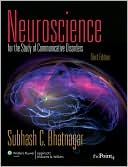
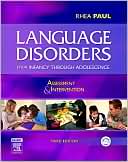

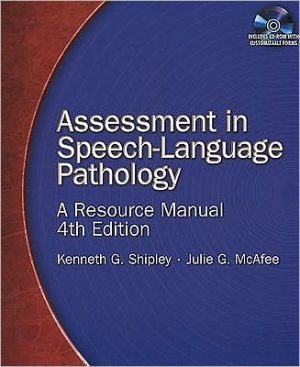
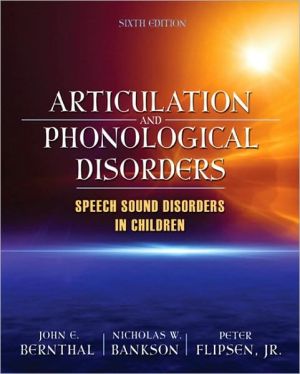
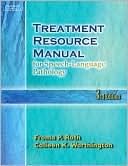
![Introduction to Audiology [With CDROM] Introduction to Audiology [With CDROM]](/application/data/covers/31/18/9780205593118.jpg)
